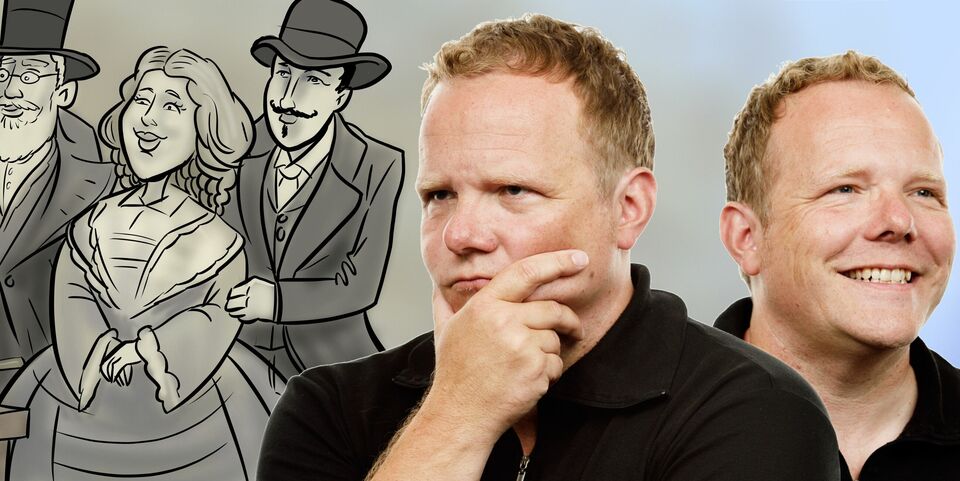Brainmatters | Ada and Eva
The very first computer programmer was a woman. Augusta Ada King-Noel (née Byron), Countess of Lovelace, lived in England in the first half of the nineteenth century. In her era it was far from commonplace for women to follow higher education, or to pursue a professional career - certainly not in science.
Ada Lovelace had a talent for mathematics, which, thanks to her mother, she was able to pursue. As a member of London's elite, Ada came into contact with various scientists, among them Charles Babbage, the spiritual father of the first mechanical computer, the Analytical Engine. Although this Engine was never actually built during Ada’s lifetime, she did write an algorithm for it - the first algorithm ever written for a computer.
It was recently Ada Lovelace Day - a day celebrated internationally on which special attention is paid to the performance of women in science. This special attention is unfortunately not a luxury as it is still exceptional for a woman to forge a career in science. This represents lost opportunities - not only in numbers of engineers that our Brainport region is so eager to acquire, but also in terms of variety and quality.
Diversity is not about similarity
Since September 1 of this year, Professor Eva Demerouti has held the position of Chief Diversity Officer at TU/e. Diversity is about equality - without a doubt - but not about similarity. It is precisely the differences between people, backgrounds, opinions, and approaches that make it interesting to work together, to learn from one another, and together to come to a better understanding of the world and our place in it. As such, diversity goes much further than equal opportunities on the work floor - it is about having a broader sensitivity of and appreciation for people with other views, and recognition that not everyone is the same as you are, and that this difference matters. Even, and perhaps particularly, when we think we are dealing with ‘objective’ science or ‘neutral’ technology. Diversity finds expression in the words and images we use in our papers and during lectures, in the framing of our research questions, in the research contexts that we choose, in the diversity of the target groups for whom we design, and in the thousands of implicit and explicit choices we make while designing our technical artifacts and algorithms.
The engineer of the future is a woman. Or a man. Or something in between. Old, young, gay, straight, dark-skinned, white or purple edged in gold. It's all the same to me. As long as we realize that this diversity is a strength that we should embrace and cherish. Ada was a great exception in the nineteenth century - she was extremely gifted, and blessed in coming from a good home that permitted and encouraged her to use her talent and creativity. I hope that together with us Eva will ensure that we see many more Adas in future.
Wijnand IJsselsteijn | Professor of Cognition and Affect in Human-Technology Interaction


![[Translate to English:] Illustratie | Sandor Paulus [Translate to English:] Illustratie | Sandor Paulus](/fileadmin/_processed_/e/d/csm_TDO_cursor_2_12dc5d586a.jpg)
Discussion